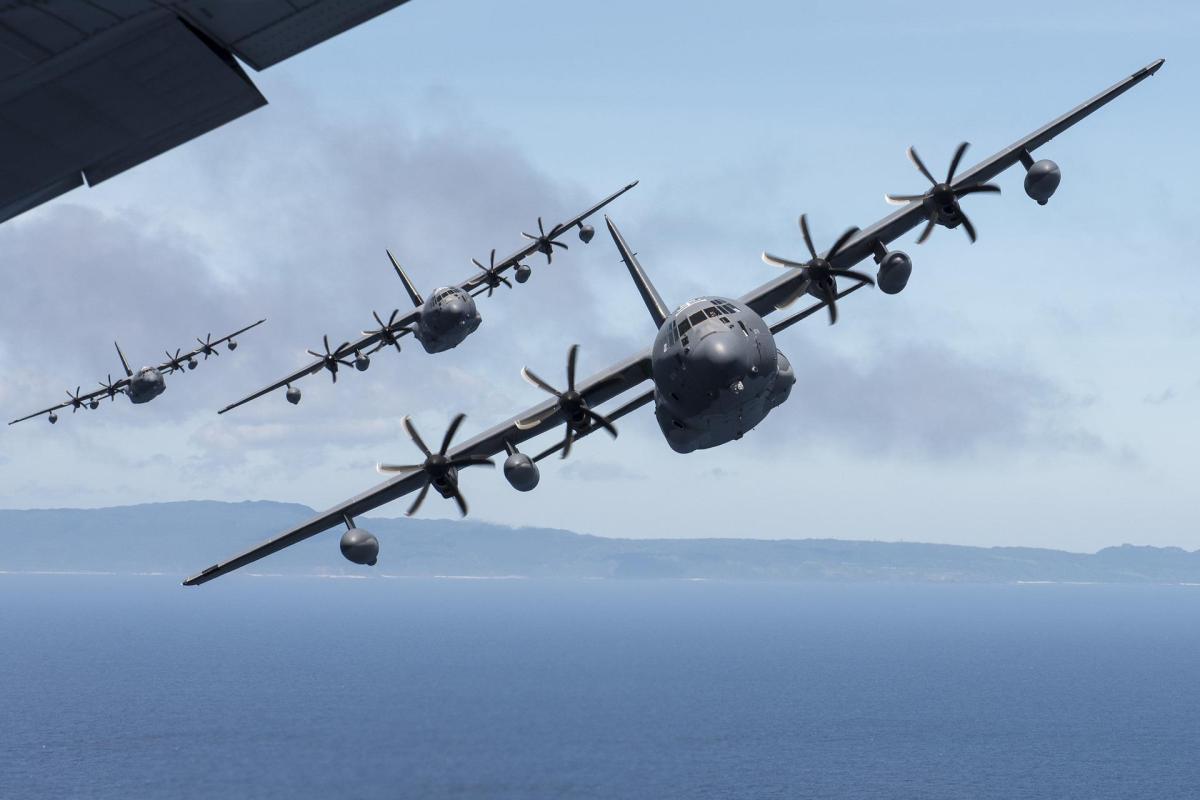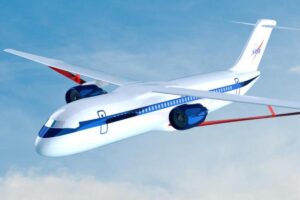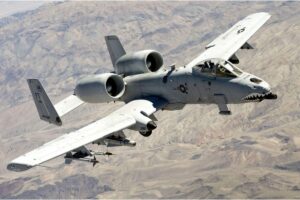Streamline Data Synchronization: MIL-STD-1553 to RS-422/232 Interface
Abstract
Effective communication across varying protocols is essential in modern systems, particularly in industries like aerospace, defense, and industrial automation. The MIL-STD-1553 to RS-422/232 interface bridges the gap between these protocols, enabling seamless data transfer and synchronization. This white paper delves into the technical details, benefits, challenges, and applications of the MIL-STD-1553 to RS-422/232 interface, offering a roadmap to optimize compatibility and efficiency in data communication systems.
Table of Contents
- Introduction
- Overview of Protocols
- Importance of Protocol Interfacing
- Understanding the Protocols
- MIL-STD-1553 Protocol Features
- RS-422 and RS-232 Protocol Characteristics
- Key Differences Between the Protocols
- The MIL-STD-1553 to RS-422/232 Interface
- Functional Architecture
- Conversion Process
- Key Features
- Benefits of MIL-STD-1553 to RS-422/232 Interface
- Enhanced Compatibility
- Improved Data Accuracy
- Cost Savings
- Scalability and Flexibility
- Applications
- Aerospace Systems
- Defense Technologies
- Industrial Automation
- Maritime Systems
- Energy and Power Systems
- Challenges in Implementation
- Data Latency
- Signal Integrity
- Protocol Mismatches
- Environmental Constraints
- Cybersecurity Risks
- Solutions to Address Challenges
- Advanced Processing Units
- Error Correction Algorithms
- Modular Interface Design
- Ruggedization
- Secure Communication Channels
- Emerging Trends
- AI-Assisted Data Conversion
- IoT and Smart System Integration
- Miniaturized Interfaces
- Enhanced Data Encryption
- Wireless Connectivity
- Case Studies
- Modernizing Aircraft Systems
- Optimizing Defense Command Systems
- Streamlining Industrial Robotics
- Enhancing Maritime Navigation
- Best Practices for Implementation
- Define Requirements Clearly
- Choose Certified Interfaces
- Conduct Comprehensive Testing
- Prioritize Scalability
- Ensure Robust Cybersecurity
- Conclusion
- Future Prospects of MIL-STD-1553 to RS-422/232 Interfaces
- Keywords
1. Introduction
1.1 Overview of Protocols
Protocols like MIL-STD-1553 and RS-422/232 serve distinct purposes in data communication. MIL-STD-1553 is widely used in aerospace and defense for its robustness and reliability. In contrast, RS-422 and RS-232 are prevalent in industrial and commercial applications for serial communication.
1.2 Importance of Protocol Interfacing
Interfacing protocols ensures compatibility between systems designed for different purposes, extending the lifespan of legacy devices and reducing costs. The MIL-STD-1553 to RS-422/232 interface simplifies the conversion process, allowing data from MIL-STD-1553 systems to be used effectively in RS-422/232 devices.
2. Understanding the Protocols
2.1 MIL-STD-1553 Protocol Features
- Deterministic Data Transfer: Guarantees predictable communication.
- Bus Architecture: Supports multiple devices through a single bus controller.
- Fault Tolerance: Dual-redundant bus systems ensure reliability.
- Robust Design: Operates in harsh conditions with minimal errors.
2.2 RS-422 and RS-232 Protocol Characteristics
RS-422
- Differential signaling minimizes noise interference.
- Capable of higher data rates and longer transmission distances than RS-232.
RS-232
- Simpler, point-to-point communication.
- Shorter distances and lower data rates compared to RS-422.
2.3 Key Differences Between the Protocols
MIL-STD-1553 is optimized for complex, high-reliability systems, while RS-422 and RS-232 cater to simpler, serial communication needs. Bridging these differences requires specialized interfaces.
3. The MIL-STD-1553 to RS-422/232 Interface
3.1 Functional Architecture
- Input Modules: Capture MIL-STD-1553 signals.
- Conversion Engine: Maps MIL-STD-1553 data to RS-422/232 format.
- Output Modules: Deliver reformatted data to RS-422/232 systems.
- Error Management: Monitors and corrects transmission errors.
3.2 Conversion Process
- Signal Interpretation: Extract data from MIL-STD-1553 protocols.
- Format Translation: Reformat data to meet RS-422/232 requirements.
- Error Handling: Address and correct data inconsistencies.
3.3 Key Features
- Bidirectional Conversion: Allows data to flow both ways.
- Low Latency: Ensures near-real-time communication.
- Rugged Design: Suitable for extreme environments.
4. Benefits of MIL-STD-1553 to RS-422/232 Interface
4.1 Enhanced Compatibility
Enables seamless integration between distinct systems.
4.2 Improved Data Accuracy
Preserves the integrity of transmitted data across protocols.
4.3 Cost Savings
Eliminates the need to replace legacy systems, saving resources.
4.4 Scalability and Flexibility
Supports future expansions without significant overhauls.
5. Applications
5.1 Aerospace Systems
- Avionics Integration: Bridges data between MIL-STD-1553 buses and RS-232 cockpit instruments.
- Flight Data Recorders: Transfers data from MIL-STD-1553 systems to RS-422 logging devices.
5.2 Defense Technologies
- Weapon Control Systems: Integrates legacy RS-232 systems with MIL-STD-1553 networks.
- Command and Control: Facilitates communication between RS-422 sensors and MIL-STD-1553 systems.
5.3 Industrial Automation
- Robotic Systems: Ensures compatibility between industrial robots and control systems.
- Sensor Integration: Links RS-232/422 sensors with MIL-STD-1553 controllers.
5.4 Maritime Systems
- Navigation Systems: Converts data from MIL-STD-1553 to RS-232 navigation devices.
- Onboard Diagnostics: Streamlines maintenance by integrating diagnostic tools.
5.5 Energy and Power Systems
- Smart Grids: Connects MIL-STD-1553 systems to RS-232/422-based monitoring tools.
- Renewable Energy: Facilitates data sharing in hybrid power management systems.
6. Challenges in Implementation
6.1 Data Latency
Conversion processes can introduce delays, which must be minimized for real-time applications.
6.2 Signal Integrity
Maintaining high data fidelity during conversion is critical.
6.3 Protocol Mismatches
Technical disparities between MIL-STD-1553 and RS-422/232 require sophisticated mapping.
6.4 Environmental Constraints
Interfaces must function reliably in extreme conditions.
6.5 Cybersecurity Risks
Protecting sensitive data during transmission is paramount.
7. Solutions to Address Challenges
7.1 Advanced Processing Units
Deploy high-speed processors for efficient data conversion.
7.2 Error Correction Algorithms
Incorporate robust mechanisms to ensure data accuracy.
7.3 Modular Interface Design
Offer flexibility for system upgrades.
7.4 Ruggedization
Ensure compliance with military-grade standards for durability.
7.5 Secure Communication Channels
Integrate encryption and authentication to safeguard data.
8. Emerging Trends
8.1 AI-Assisted Data Conversion
Utilize AI to enhance accuracy and optimize conversion processes.
8.2 IoT and Smart System Integration
Leverage interfaces for IoT applications and smarter systems.
8.3 Miniaturized Interfaces
Compact designs cater to constrained environments.
8.4 Enhanced Data Encryption
Improve cybersecurity with advanced encryption techniques.
8.5 Wireless Connectivity
Enable wireless communication for greater flexibility.
9. Case Studies
9.1 Modernizing Aircraft Systems
A commercial airline integrated MIL-STD-1553 systems with RS-232 data recorders, achieving 35% cost savings.
9.2 Optimizing Defense Command Systems
A military contractor streamlined command systems by connecting RS-422 sensors to MIL-STD-1553 controllers.
9.3 Streamlining Industrial Robotics
An automotive company enhanced robotic efficiency by bridging RS-422 controllers with MIL-STD-1553 networks.
9.4 Enhancing Maritime Navigation
A shipbuilder integrated legacy RS-232 navigation systems with MIL-STD-1553 control networks for improved operational reliability.
10. Best Practices for Implementation
10.1 Define Requirements Clearly
Document the scope and technical needs of the system.
10.2 Choose Certified Interfaces
Opt for interfaces tested to meet industry standards.
10.3 Conduct Comprehensive Testing
Simulate real-world conditions to ensure system reliability.
10.4 Prioritize Scalability
Select solutions that allow for future upgrades.
10.5 Ensure Robust Cybersecurity
Deploy firewalls and encryption to protect data.
11. Conclusion
The MIL-STD-1553 to RS-422/232 interface is a critical enabler for modern data communication, bridging disparate systems to achieve seamless integration. Its role in enhancing compatibility, accuracy, and system performance will continue to grow as industries evolve.





